Footnote Archives with India Donaldson-Nurse
1985 Footnote dancers in photo for Susan Jordan's Been There Done That. Footnote dancers are Tanya Verhoeven, Brigette Rigby, Glenn Mayo, Marie Gray, Sandra Norman
Over the last three weeks, I have been spending my time at Footnote Dance as an intern from the Victoria University Masters of Museum and Heritage Studies. When the company moved from their iconic home studio on Cuba Street at the end of last year, almost 40 years’ worth of documented history had to be boxed up and put in storage. 40 years of financials, contracts, photographs, video and sound, publicity and media, choreographic notes and show programmes quickly packaged up and stored away in a container while the company awaits its new permanent home. I was able to crack into these boxes as I began the long-awaited project of creating a Footnote Dance archive to be deposited at the Turnbull Library. Getting to open up these goldmines of dance history and trawl through them has been an incredible opportunity for me as an emerging professional in the heritage world but also as a keen dance enthusiast and former ballet dancer.
My main challenge in undertaking this project was to establish a process in which files, records and photographs could be grouped into an inventory. This inventory had to be simple yet concise and easy enough for my successor to navigate and continue on. Having the creative freedom to initiate something like this was nerve-wracking as I wanted to execute it to the best of my abilities but it proved to be an exciting challenge and one I felt privileged to be awarded by my supervisor, Brian.
Photographs were a different challenge. I had 3 boxes of photos spanning 40 years of the company’s history. To identify faces, place dates and organise these, I called in two important members of the dance community, Deirdre Tarrant (Footnotes founder) and Lyne Pringle (choreographer and dance teacher). Connecting with these hugely influential women was an amazing experience and their knowledge and memories from Footnote’s past was invaluable.
Working so closely with this type of material has an enormous impact, and I soon found that I could easily name dancers from any given year, what work they were rehearsing and even what studio they were in! Hunching over the sprawled material on my office floor, I formed bonds with the people in the photographs. In turn, this brought me closer to the project and helped me appreciate the rich history of the company even more (no matter how much my back hurt at the end of the day!)
1988 Taane Mete in Michael Parmenter's Venture
I recognised a number of key learning points when reflecting on my placement. The first is that making and keeping community connections are hugely important to projects such as this at Footnote. Not only does this type of human interaction aid in the successfulness of archiving but it develops a support network of people willing to help in the future and ensures the work being done has the backing of the community. The second was that archiving is a time-consuming process, much more so than I anticipated before starting this project (and I was simply creating an inventory!) One of my goals was to get as much finished as I could and even though it was a little disappointing not getting through even a quarter of the material, I learnt to appreciate that the work I had done was a great first step.
I feel incredibly fortunate to have been a part of this project and I know that the skills I have learned and developed at Footnote I will use for the rest of my career in the GLAM sector. Everyone at Footnote has been incredibly welcoming and supportive of the work I have accomplished and I wish them all the best for the rest of this archiving project and the possibilities that lie beyond!
Ngā mini nui ki a koe!


